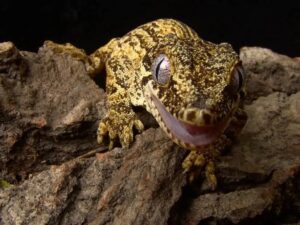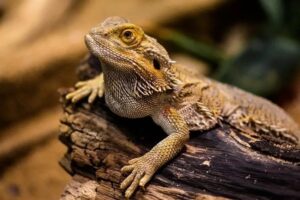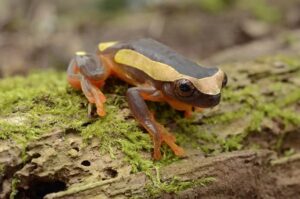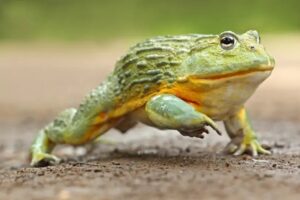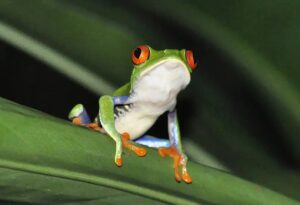Namib Sand Gecko Care Guide: Lifespan, Care Sheet, and More (With Pictures)
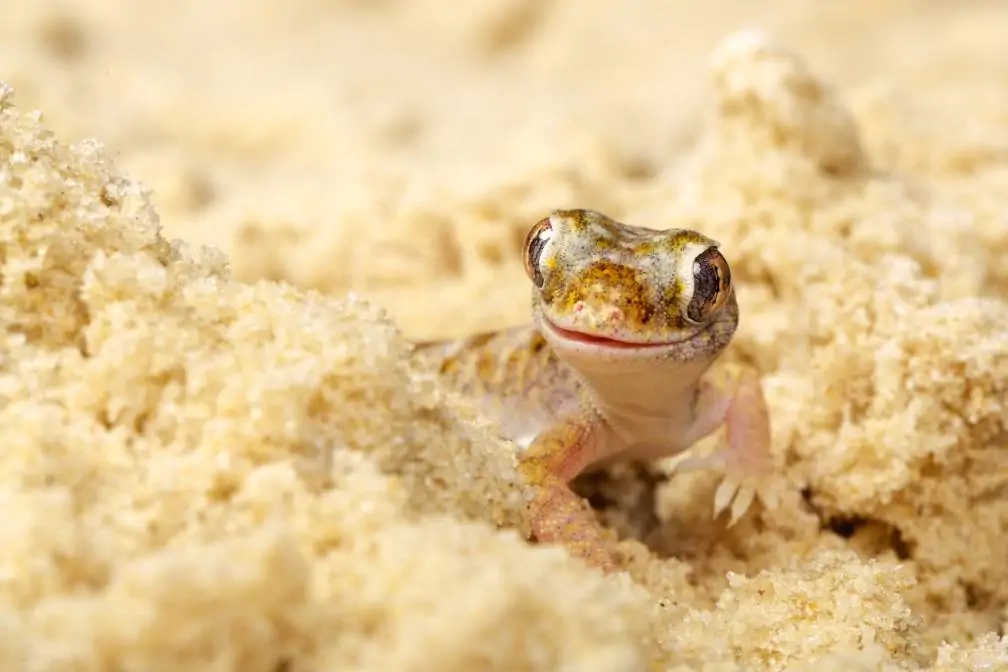

The Namib Sand Gecko is commonly referred to as the web-footed Gecko due to its webbed feet. This small burrower makes an engaging pet for hands-off pet owners as it prefers being left alone rather than being handled. Read on to gain more insight into these adorable geckos!
Namib Sand Gecko Overview
As its name implies, the Namib Sand Gecko hails from southern Africa’s Namib Desert. These small creatures are commonly known as web-footed Geckos due to their webbed feet; an adaptation which helps them run along top of sand dunes before burrowing underground for shelter.
As pets, Namib Sand Geckos prefer being left alone and not handled often. They thrive best in a tank by themselves or with one or two other species from their same species. People find these gecko-type reptiles fascinating to observe due to their fast burrowing and climbing abilities as well as ability to hunt insects for sustenance. Furthermore, their distinctive pale translucent skin, large eyes, and webbed feet make for fascinating viewing!
Namib Sand Geckos are nocturnal animals, hence their large eyes which allow them to spot even small insects while hunting at night.
What Do Namib Sand Geckos Cost? Prices for Namib Sand Geckos vary considerably due to their being native only to the Namib Desert and not often kept as pets in captivity. Their current estimated range ranges between $70 to $300 depending on which gecko breed or store is selected; be wary, though; many may have been taken from wild environments and sold as pets without proper consideration being given for its welfare.
Typical Behavior and Temperament
A Namib Sand Gecko may not make the best pet for those who want a close, interactive relationship with them; these geckos tend to be shy, preferring their independence. When placed together within an enclosure with other geckos they often get along well; though ideally only one gecko should live there at any one time as humans typically don’t enjoy having too much human contact!
Geckos have bodies designed for hiding, burrowing and running quickly across a surface like sand. Although active during daylight hours, geckos prefer sleeping in their burrows at night before using their quick feet, large eyes and darting tongues to hunt insects at nighttime.
Appearance & Varieties Everything about the Namib Sand Gecko’s appearance demonstrates their adaptations for life in their habitat: desert environments where they prefer burrowing underground and being hidden from view by their translucent skin color that blends in perfectly.
Namib Sand Geckos have webbed feet with microscopic hooks to give them good traction for running on and digging in the sand. Their large eyes come in either dark brown or red hues; their lidless, large eyes enable them to spot insects at night. Because these gecko species do not possess eyelids, they lick them clean.
Namib Sand Geckos reach maturity around 5 inches long when fully grown; half of that length comes from their tails. Males typically feature thicker tails while females are slightly heavier overall.
How to Take Care of Namib Sand Geckos
Habitat, Tank Conditions & Setup
Namib Sand Geckos are wild animals; therefore if you plan on keeping one as a pet, their environment should closely resemble their natural surroundings as much as possible. Desert-dwellers prefer desert conditions so their tank should create similar habitat conditions in order to ensure healthy and happy geckos.
Your Namib Sand Gecko needs a minimum 10-gallon glass tank to live comfortably and sustain its health, and up to three geckos should fit comfortably within it. However, larger tanks could provide them with more room.
Bedding: Namib Sand Gecko The Namib Sand Gecko requires at least 4 inches of sand in its tank; 6-8 inches is even better since they burrow during the day and need room to burrow through it. The minimum depth should be 4 inches but 6-8 inches would provide optimal conditions.
Temperature
Desert dwellers prefer temperatures between 85 and 92 degrees Fahrenheit in their tank during the daytime and 70 to 72 degrees at nighttime, respectively. To replicate their natural surroundings more faithfully, occasionally misting with warm water at night may add another touch of authenticity – just take care not to overdo it!

